Intercropping System: Theory And Practices
Intercropping system is an age-old cropping system where two or more crops coexist for a significant time of their growth period. In the present context of negative impacts on crop productivity and soil fertility, a system approach in cropping has become more relevant.
The book 'Intercropping System' is divided into nine chapters that deal with the theory and practices of the intercropping system including recent research evidence. The first two chapters describe the overview of the intercropping system and complexity as well as the competitive relationship among component crops. The third chapter narrates the management options in the intercropping systems, while the fourth chapter highlights the multifaceted benefits of an intercropping system. Chapter 5 tells the suitability for the adoption of the intercropping system in organic agriculture. The sixth chapter describes how an intercropping system can ensure agricultural sustainability and some of the sustainable development Goals (SDGs). Chapter 7 illustrates the practice of alley cropping, a form of agroforestry, in resource-poor conditions. Legumes are considered an automatic choice in the intercropping system and hence, in the eighth chapter, the benefits of the inclusion of legumes as components have been described. Finally, in the ninth chapter, the performance of important crops in the intercropping system has been highlighted.
Get it now and save 10%
BECOME A MEMBER

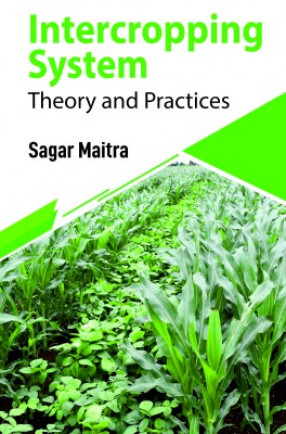
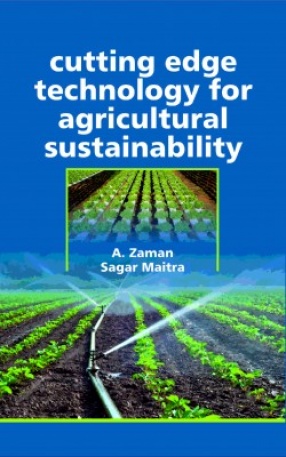
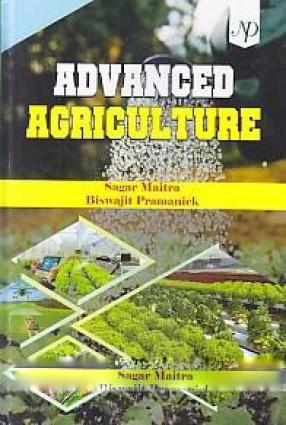
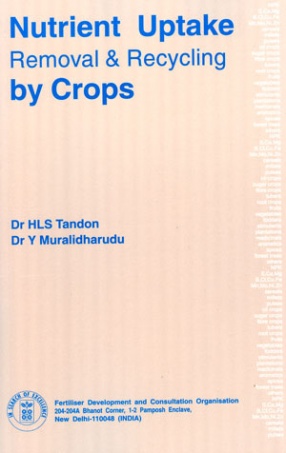
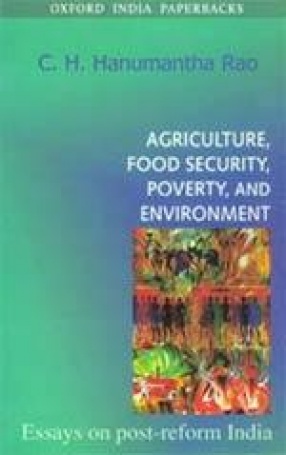

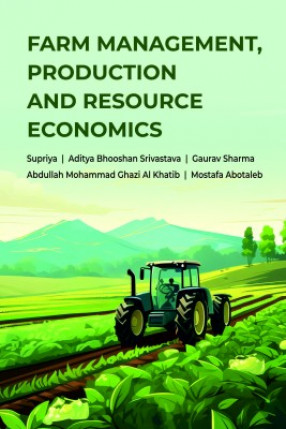

Bibliographic information